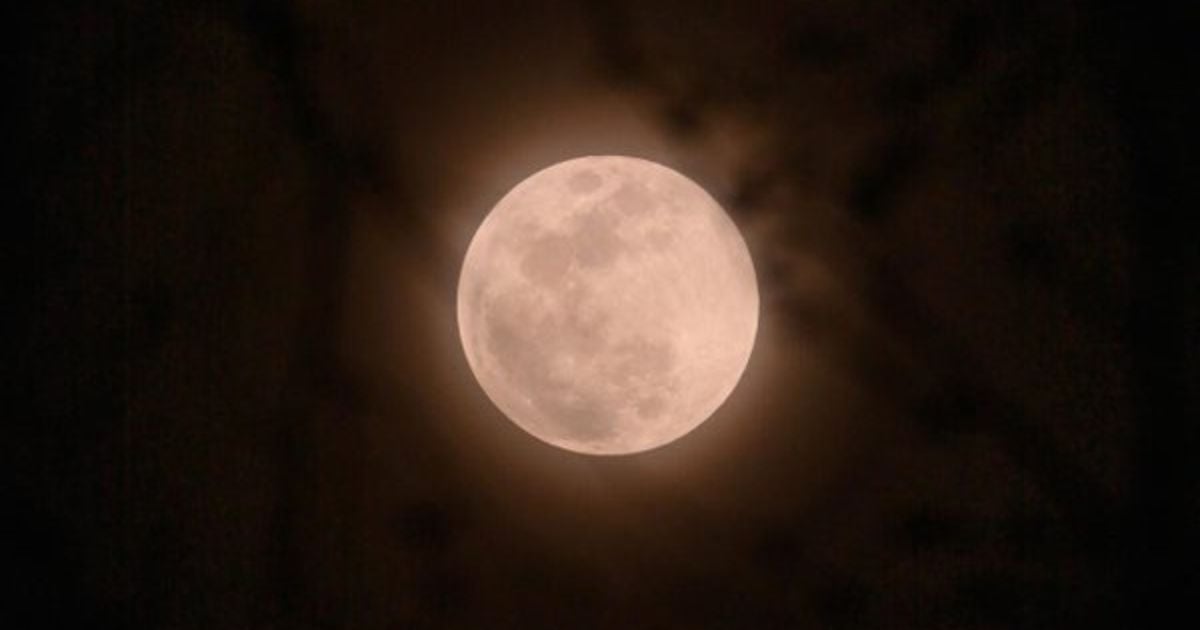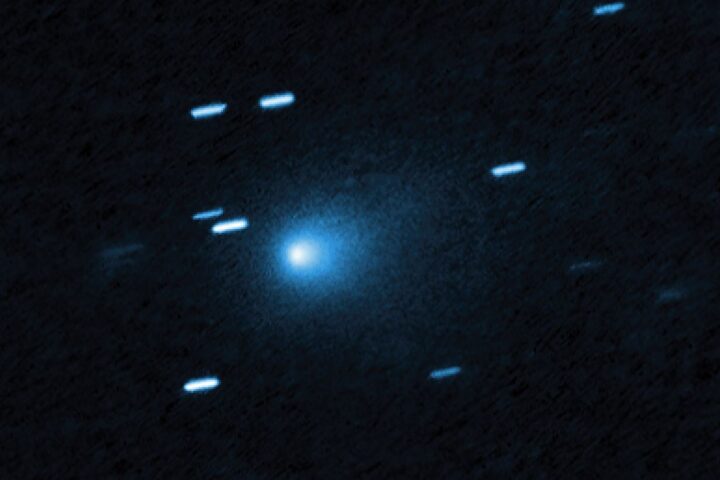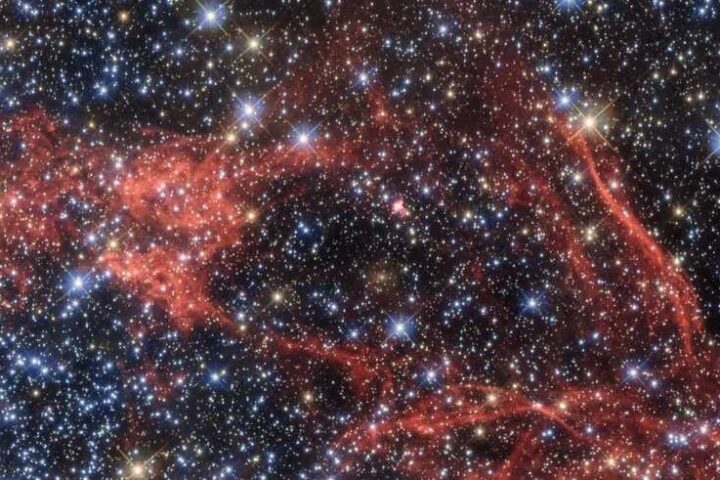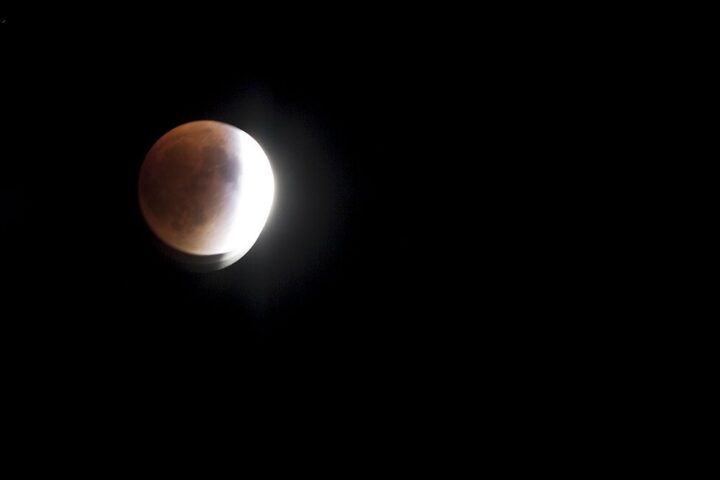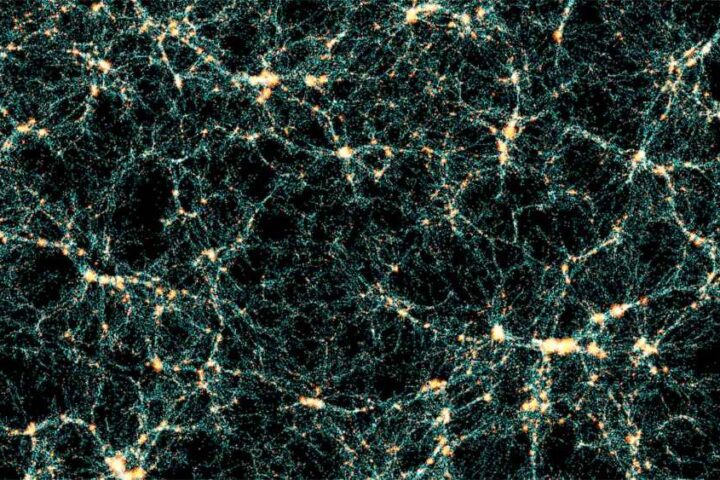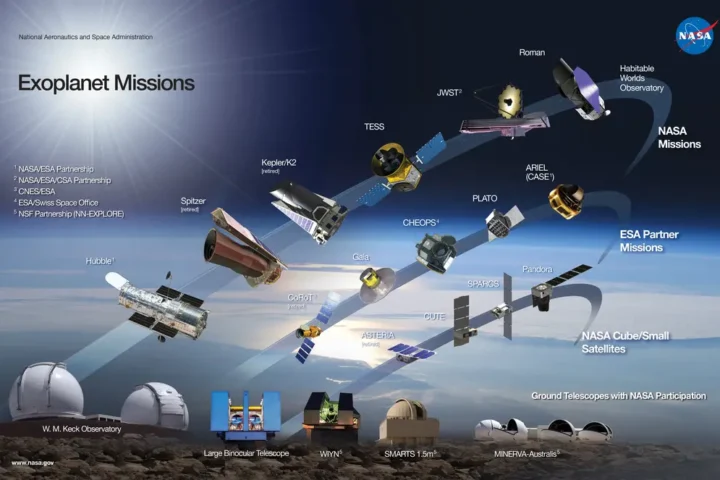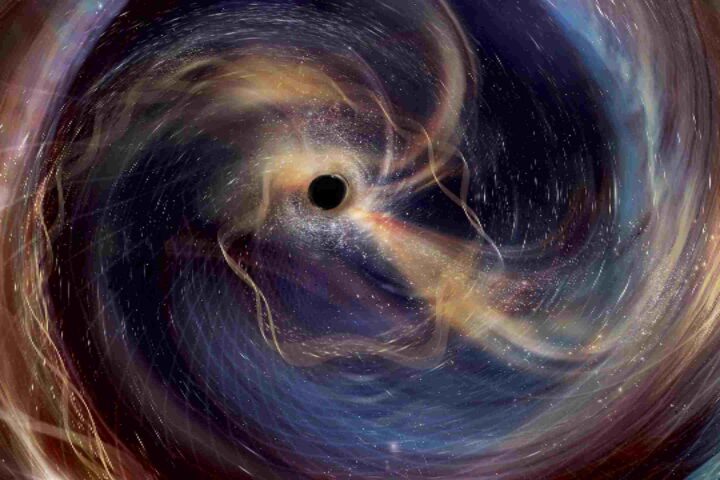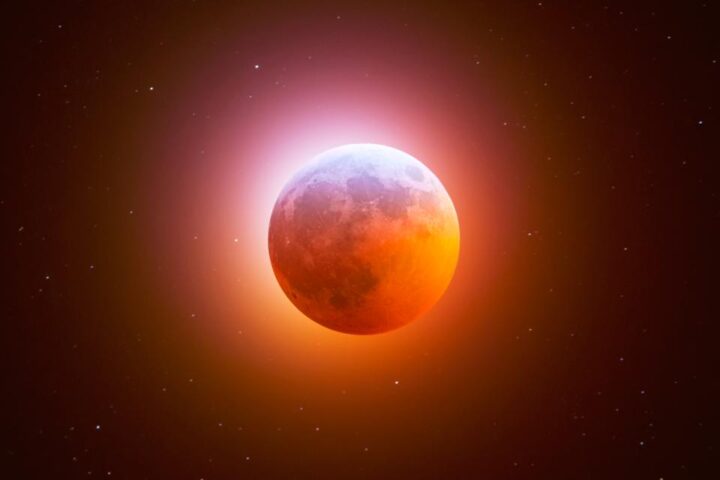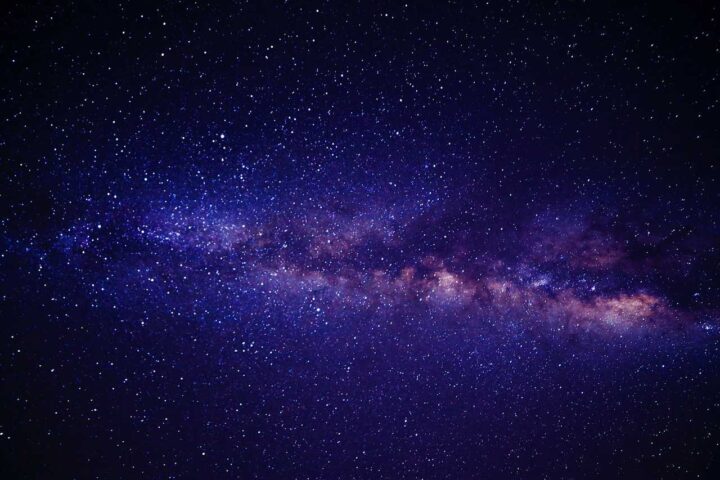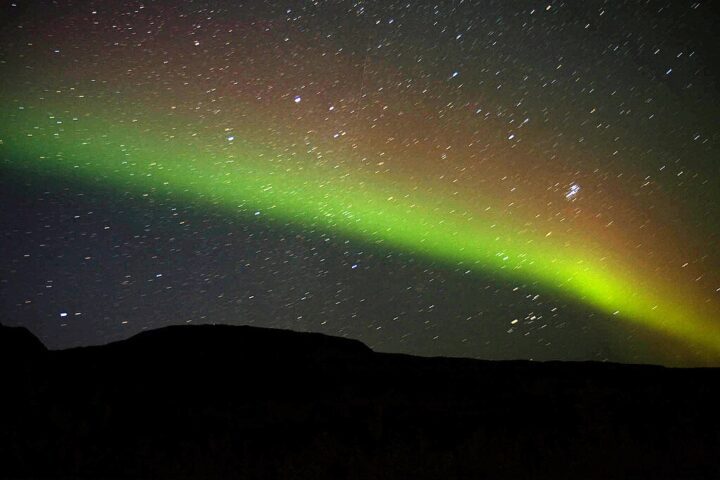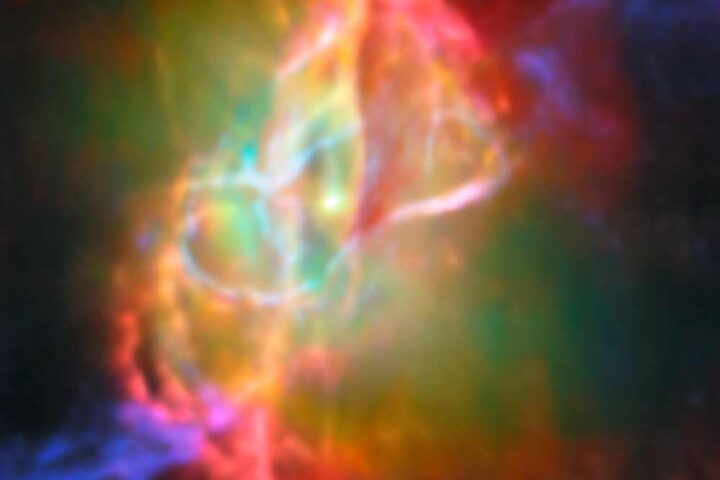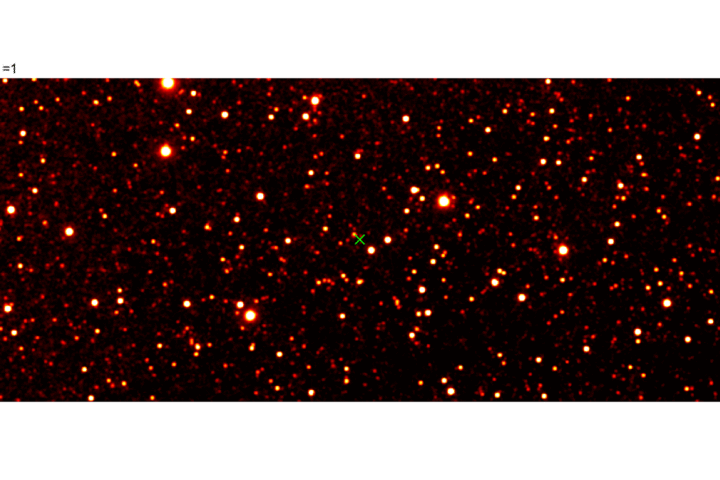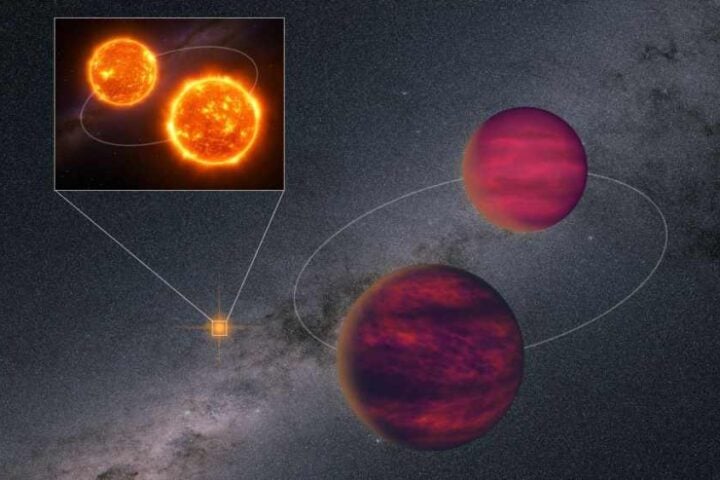June’s full moon, known as the “Strawberry Moon,” lit up skies worldwide on June 10-11, 2025, appearing noticeably lower on the horizon than usual. This rare sight, not seen since 2006, won’t occur again until 2043.
The moon reached peak illumination at 3:45 a.m. ET on June 11, though viewers could see it rising the evening before. What made this year’s moon special was its position – unusually low in the Northern Hemisphere sky due to an astronomical event called a “major lunar standstill.”
“It’s all about the inclination of the moon’s orbit, which undergoes an 18.6-year cycle,” explained John Jardine Goss of EarthSky. “The cycle happens because the moon’s orbit is being slowly dragged around – mostly due to the pull of the sun – every 18.6 years.”
This orbital position created a striking visual effect. The moon appeared with a reddish-orange glow in many locations, not because of its “Strawberry” name but because of atmospheric effects.
“When the moon is low, its light travels through more of Earth’s atmosphere,” said Chris Palma, professor of astronomy and astrophysics at Penn State University. “So there’s a chance it will actually look a little bit reddish or pink.”
Native American peoples like the Algonquin, Ojibwe, Dakota, and Lakota gave June’s full moon its “Strawberry” name to coincide with the wild strawberry harvest. In Europe, different titles emerged – “Rose Moon” reflecting blooming flowers and “Honey Moon,” which some believe relates to June marriage traditions.
Remarkable photos captured the glowing moon behind notable sites worldwide:
- The Empire State Building in New York
- The Parthenon in Athens, Greece
- St Paul’s Cathedral in London
- Bondi Beach in Sydney, Australia
- St Mary’s Lighthouse in Whitley Bay, England
Social media filled with these images, with many viewers describing the sight as “magical” and “breathtaking.”
Similar Posts
Skywatchers have more celestial events to enjoy this month:
- Mid-June brings Mars and the bright star Regulus into close proximity
- Saturn will appear alongside the moon on June 19 before sunrise
- The summer solstice arrives June 20, bringing the year’s longest daylight period
- A crescent moon joins Venus in the sky on June 22
- From now until August, dark rural areas offer views of the Milky Way’s central region all night
The next full moon, the “Buck Moon,” will reach peak illumination on July 10, 2025.
For those planning ahead, the next time to see a full moon this low on the horizon will be in 2043 – when the next major lunar standstill occurs.

Celebrity astrologer Kyle Thomas noted this full moon appeared in the sign of Sagittarius, bringing “joyful, expansive energy” to start the summer season. While many cultures associate full moons with behavioral changes, scientific studies generally find no consistent evidence linking moon phases to human behavior.
For best viewing of future full moons, experts recommend finding locations with minimal light pollution and a clear view of the horizon. You can find local moonrise and moonset schedules by entering your location information on the Old Farmer’s Almanac website.
